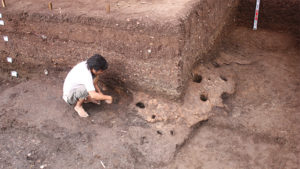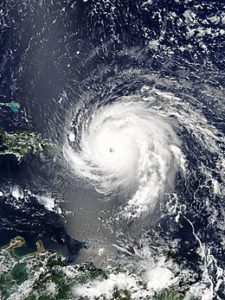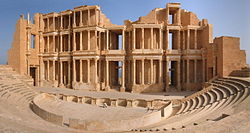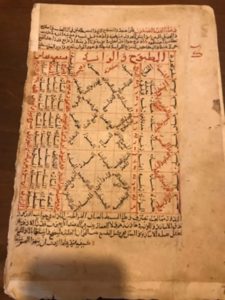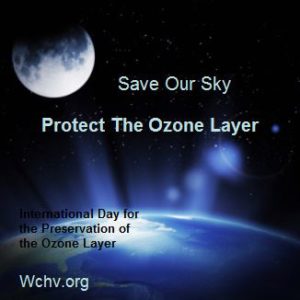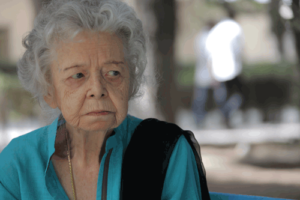 The United Nations’ (UN) World Teachers’ Day celebrates the role teachers play in providing quality education at all levels. This enables children and adults of all ages to learn to take part in and contribute to their local community and global society.
The United Nations’ (UN) World Teachers’ Day celebrates the role teachers play in providing quality education at all levels. This enables children and adults of all ages to learn to take part in and contribute to their local community and global society.
Teachers are recognized for their contributions to society on World Teachers’ Day.©iStockphoto.com/Ekaterina Monakhova
What Do People Do?
Various events are arranged in many countries around the world on or around October 5. These include celebrations to honor teachers in general or those who have made a special contribution to a particular community. The day may also be marked by conferences emphasizing the importance of teachers and learning, extra training sessions for teachers, recruitment drives for the teaching profession among university students or other suitably qualified professionals and events to increase the profile of teachers and the role they play in the media.
Trade unions or other professional organizations that represent teachers play an important role in organizing World Teachers’ Day events in many countries. These include:
• The Australian Education Union.
• The Canadian Teachers’ Federation.
• The Elementary Teachers’ Federation of Ontario (Canada).
• The All India Secondary Teachers’ Federation.
• The Japan Teachers’ Union.
• The Teachers Council (New Zealand).
• The National Union of Teachers (United Kingdom).
• The National Association of Schoolmasters Union of Women Teachers (United Kingdom).
• The National Education Association (United States).
Moreover, international organizations such as TESOL (Teachers of English to Speakers of Other Languages) and Education International organize international, national and local events. In some areas posters are displayed and pupils and ex-pupils are encouraged to send e-cards or letters of appreciation to teachers who made a special or memorable contribution to their education.
Background
On October 5, 1966, the Special Intergovernmental Conference on the Status of Teachers in Paris, France, was closed and the “Recommendation concerning the Status of Teachers” was signed by representatives of UNESCO and International Labour Organization. On October 12, 1997, the 29th session of UNESCO’s General Conference was opened. During this conference, on November 11, 1997, the “Recommendation concerning the Status of Higher Education Teaching Personnel” was adopted.
On October 5, 1994, the first World Teachers’ Day was held. This event has been organized on the same date each year since then. However, local events may be on some other date close to October 5, so that they do not fall during fall (northern hemisphere) or spring (southern hemisphere) school vacations. In 2002, Canada Post issued a postage stamp to commemorate World Teachers’ Day.

